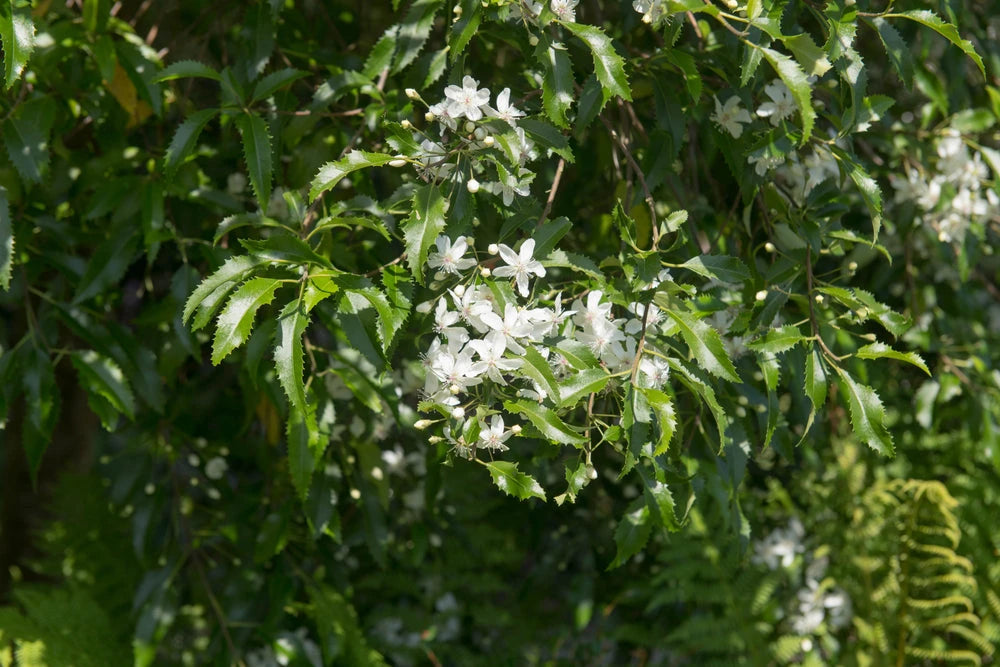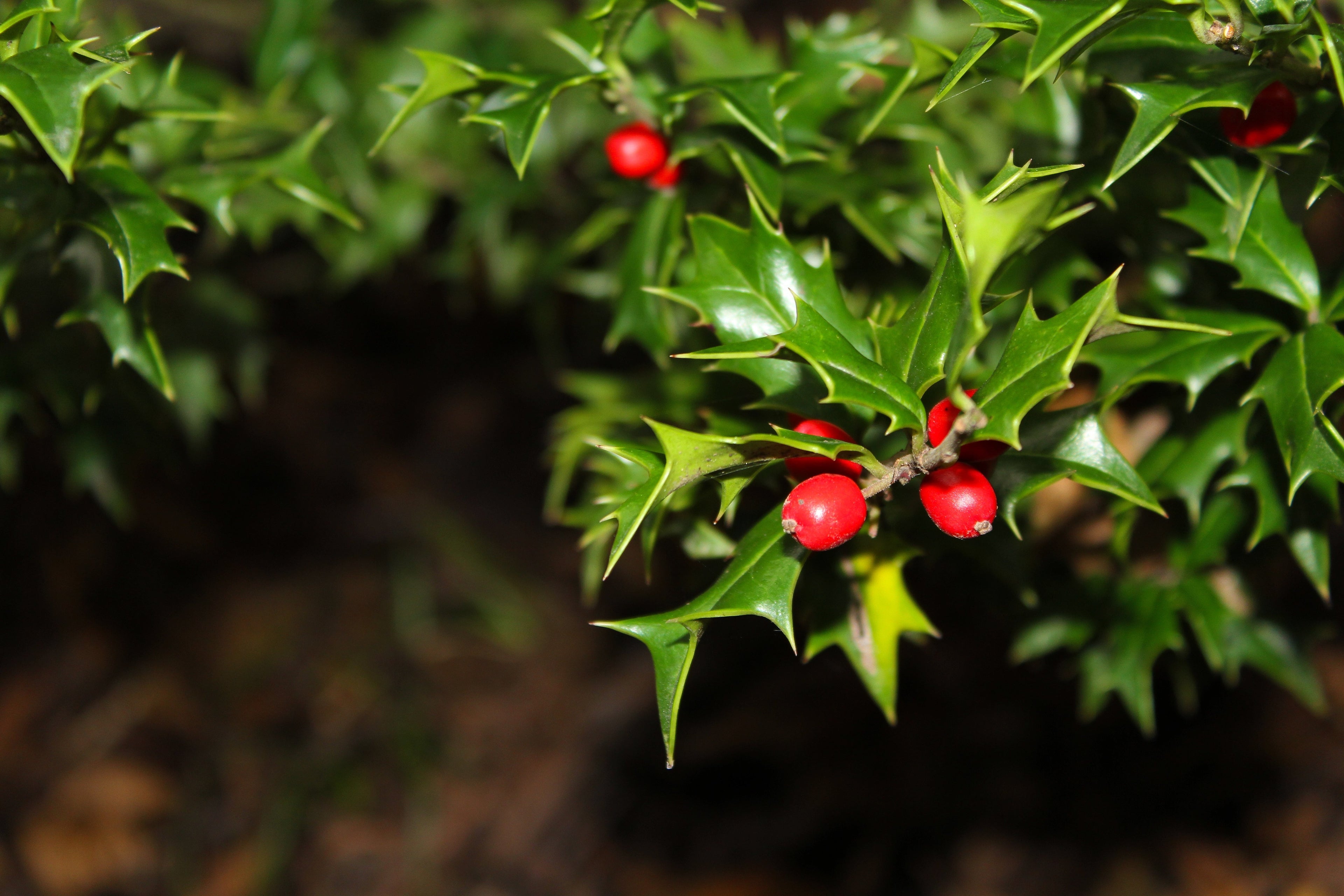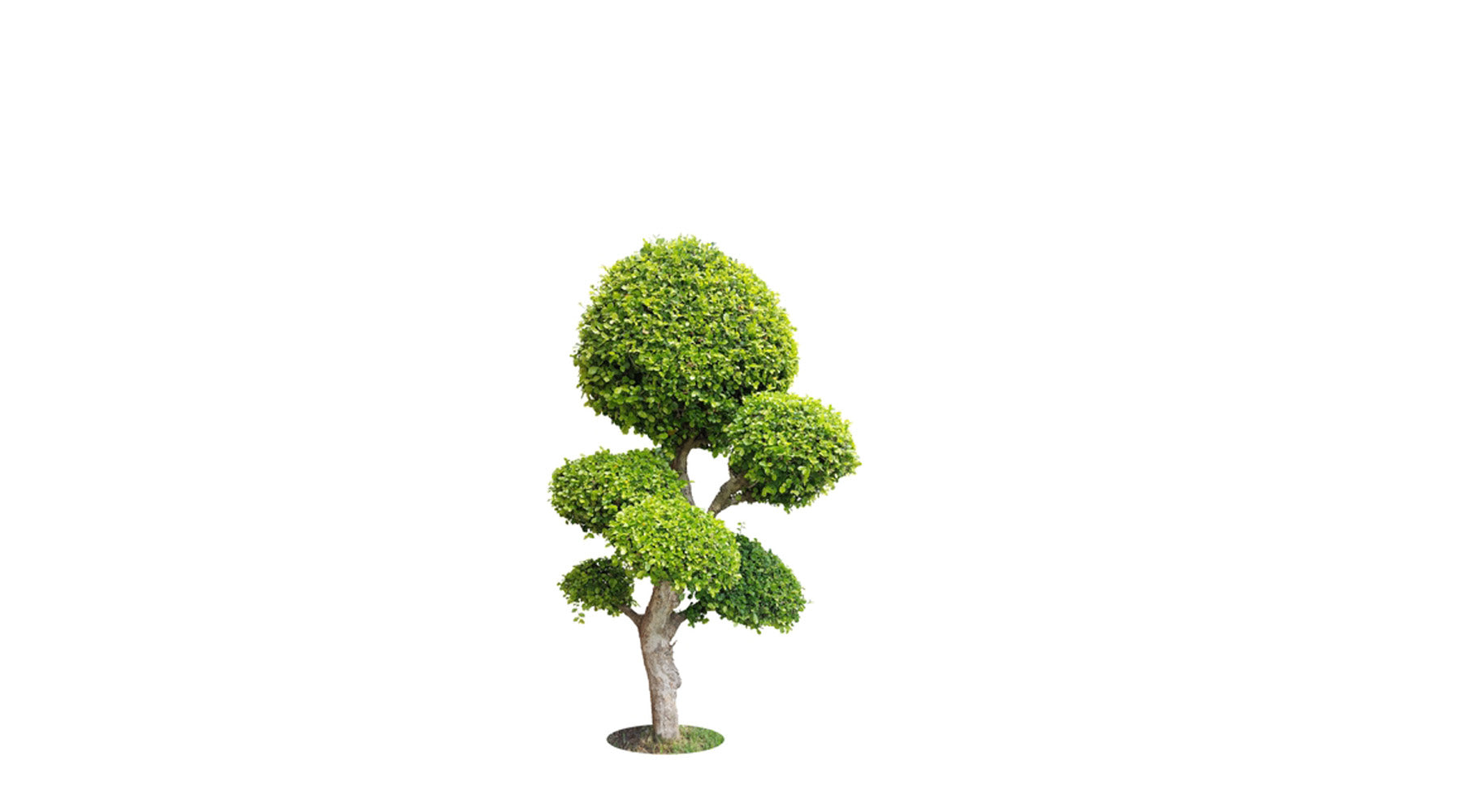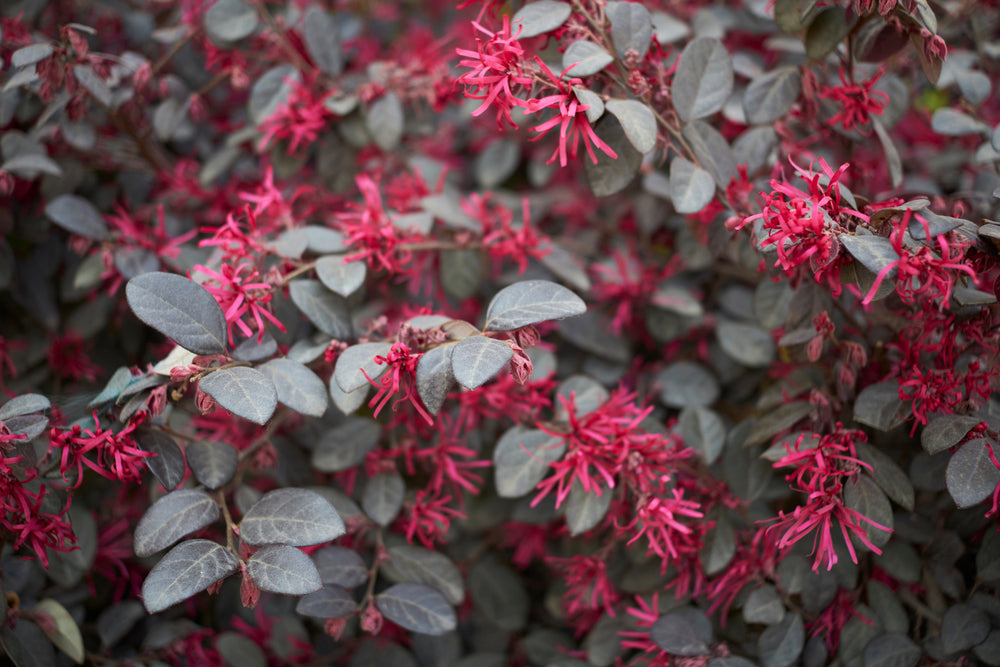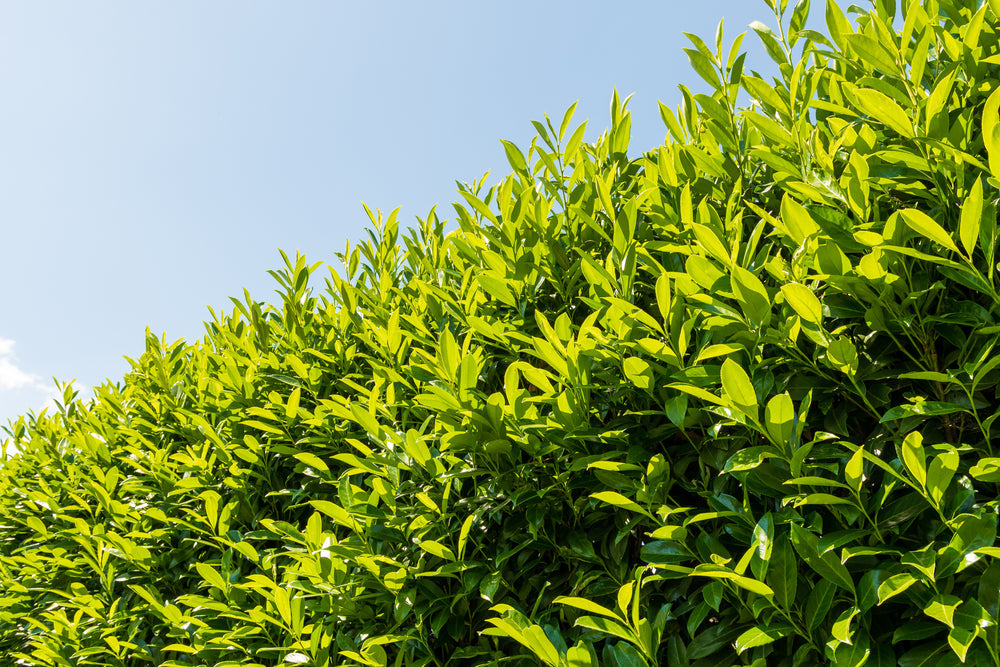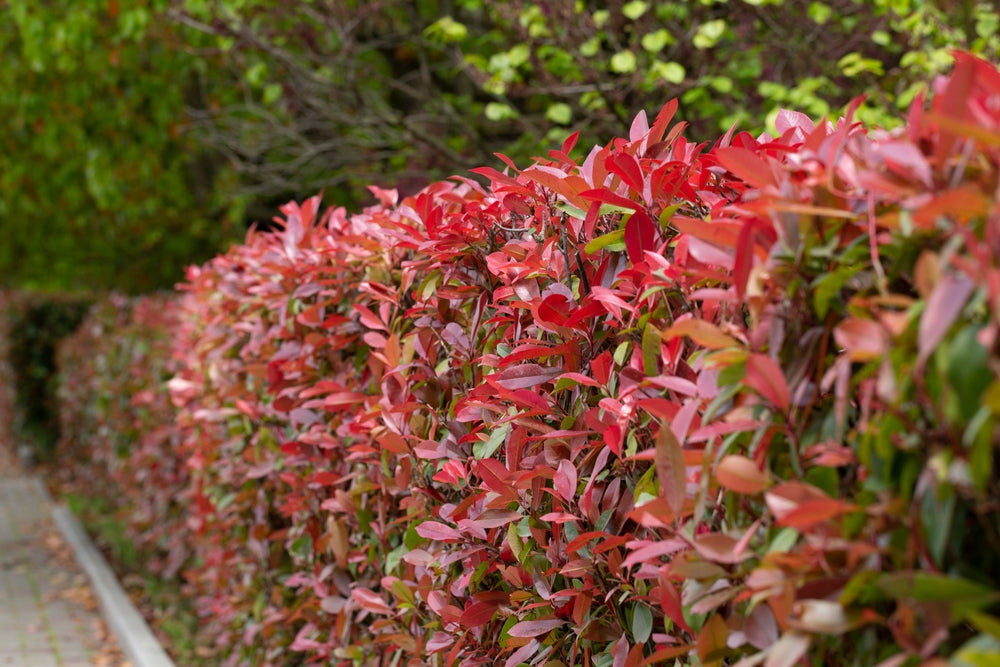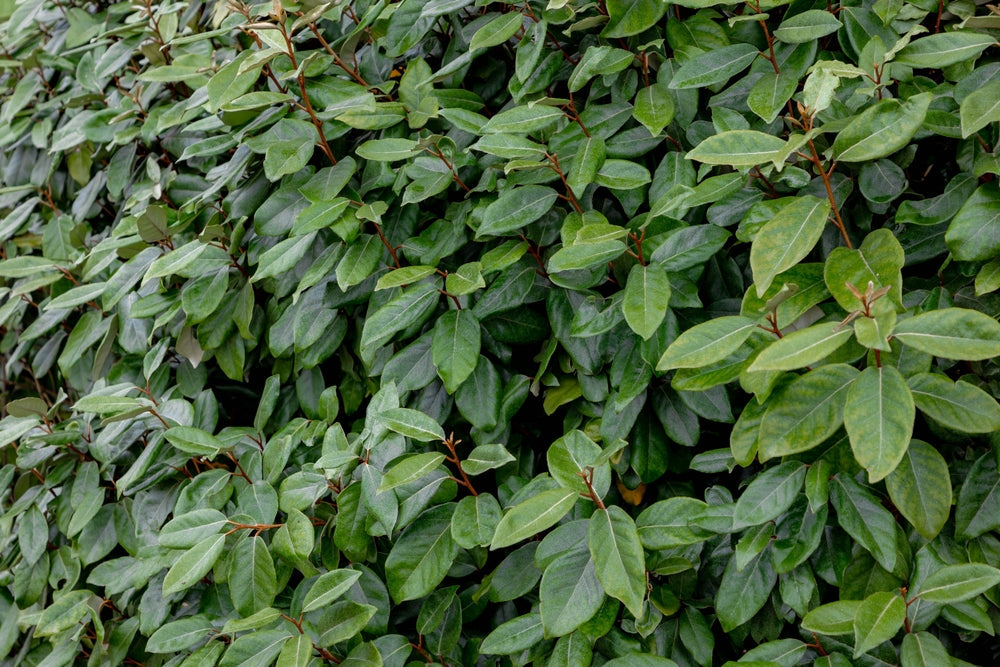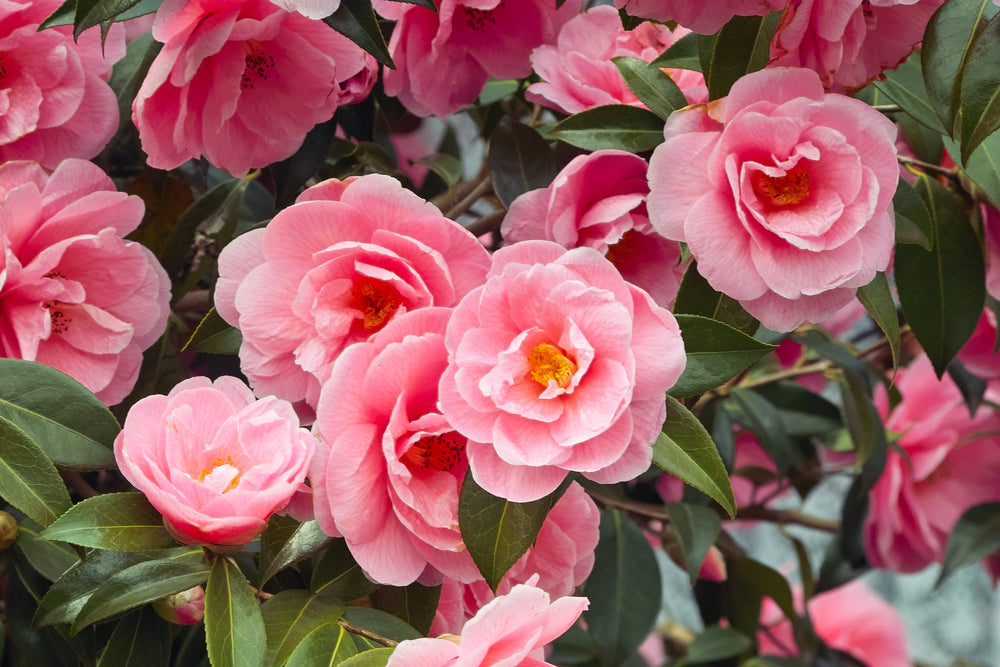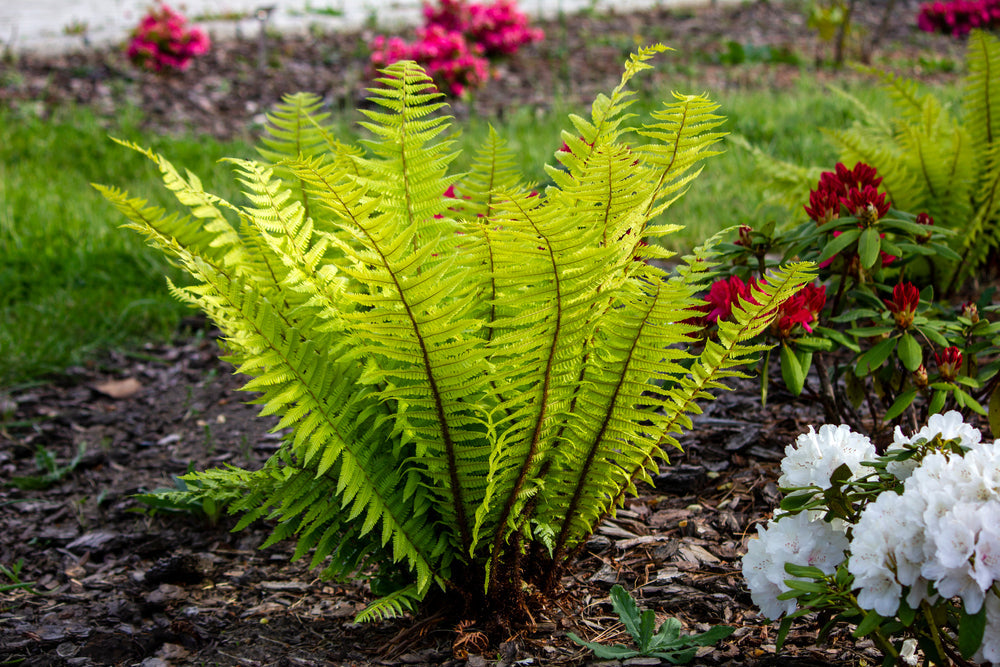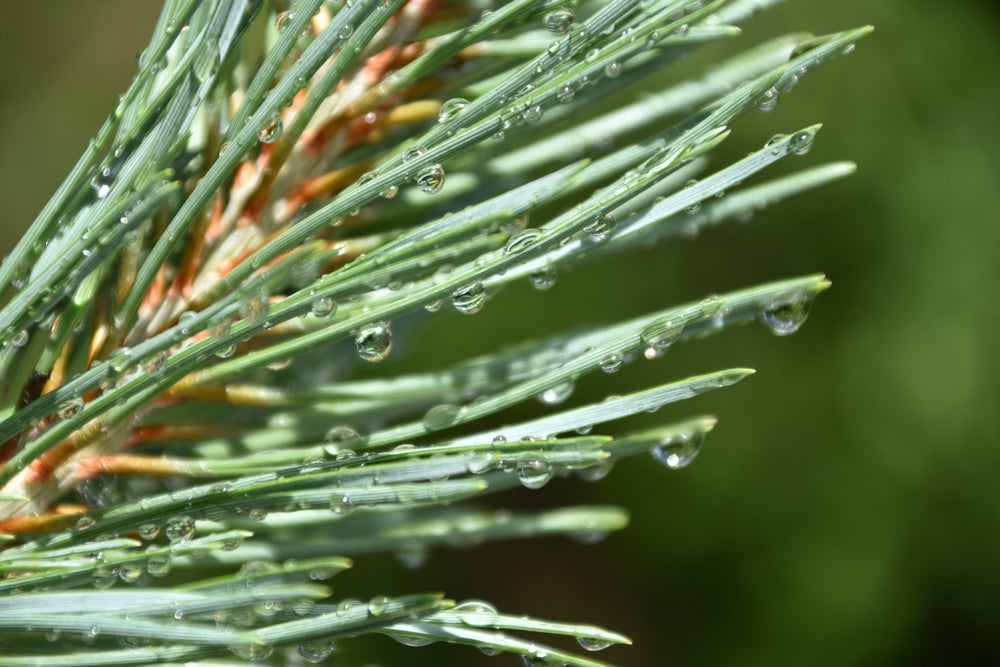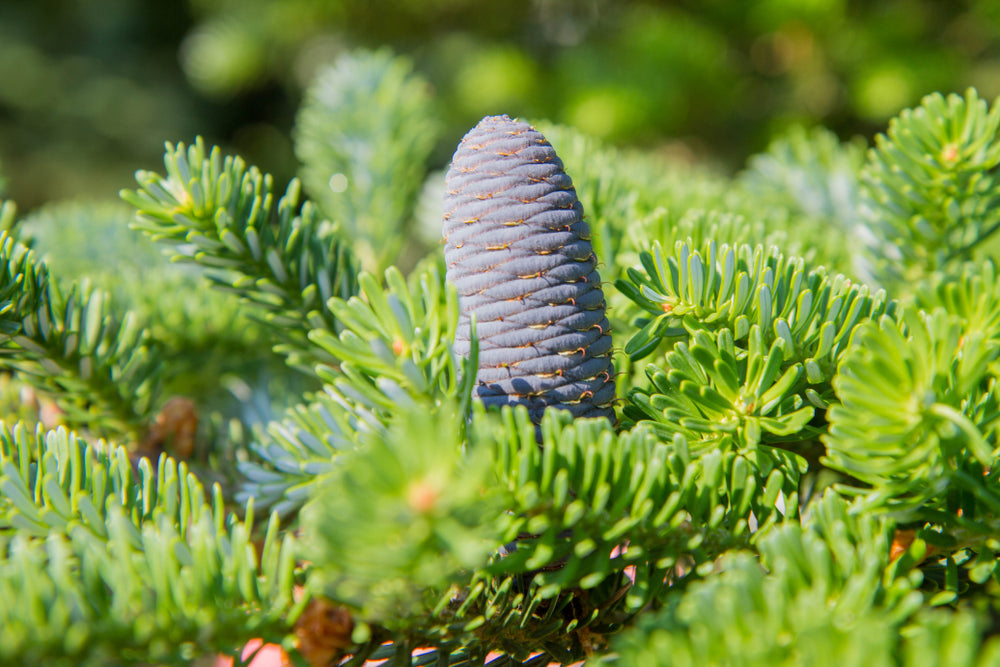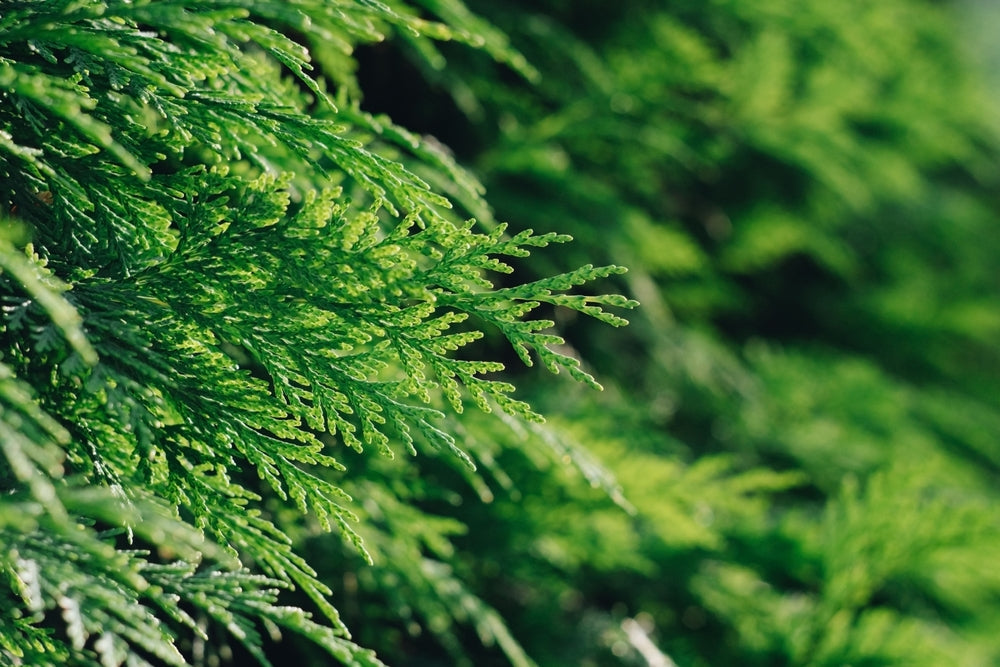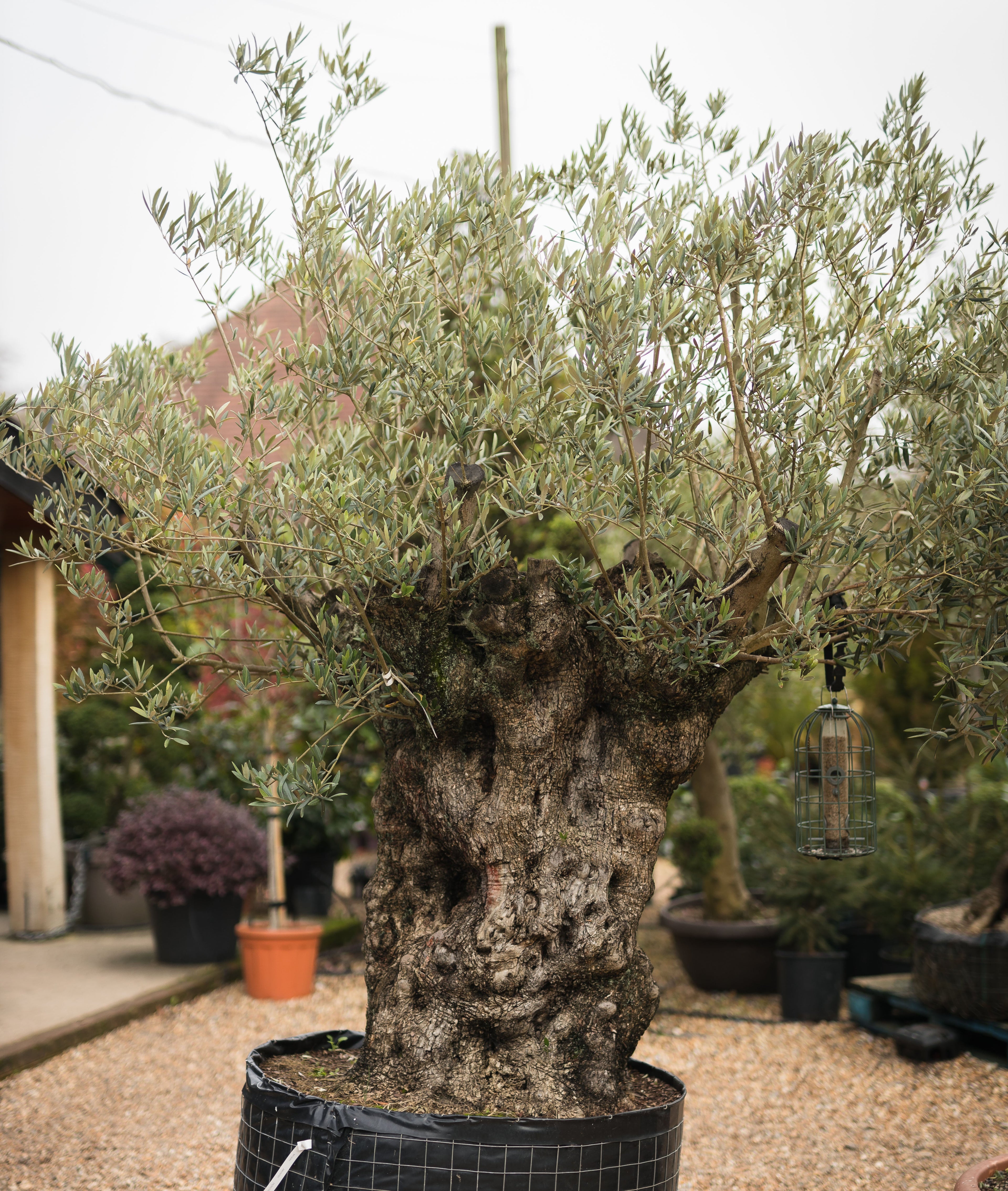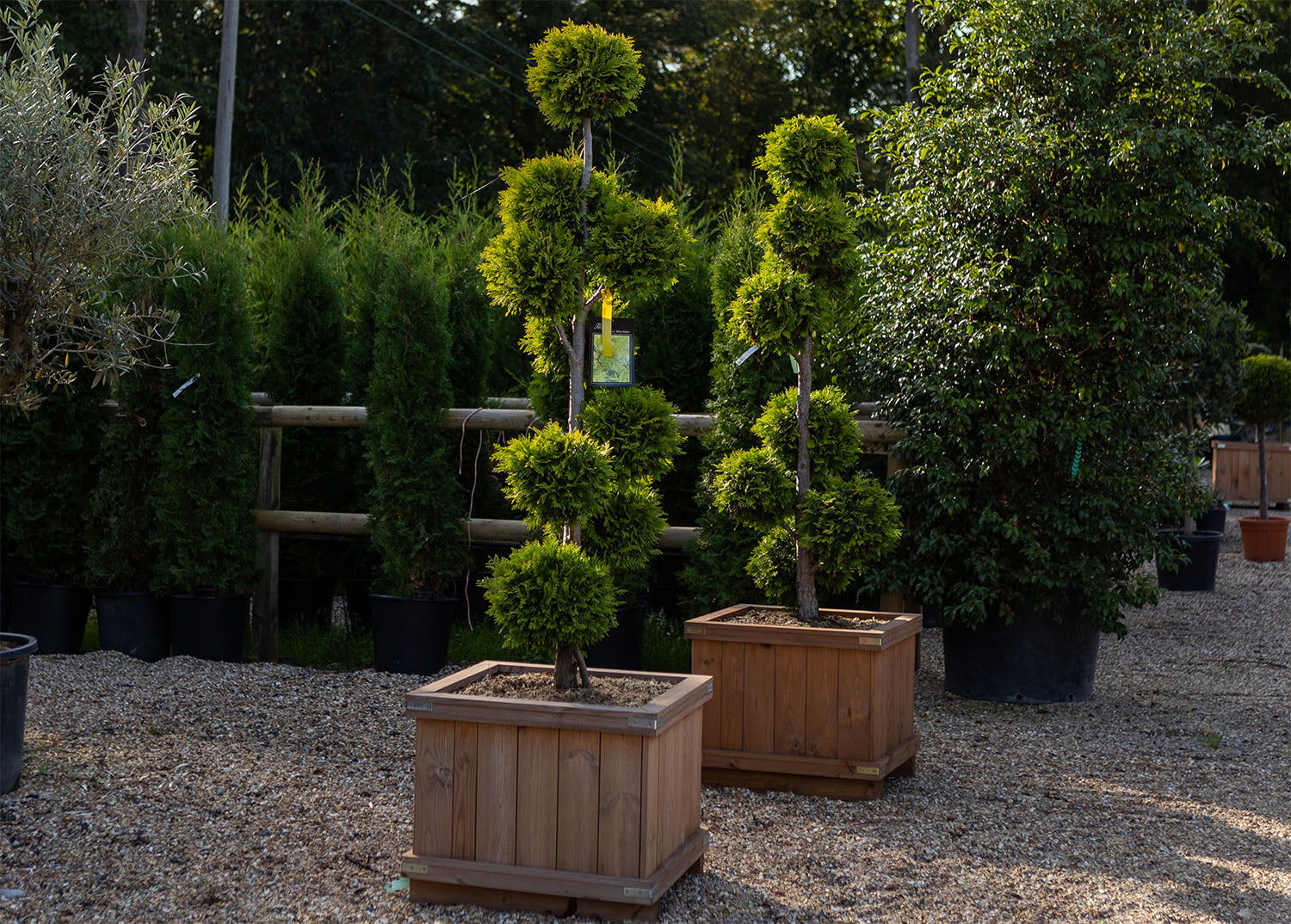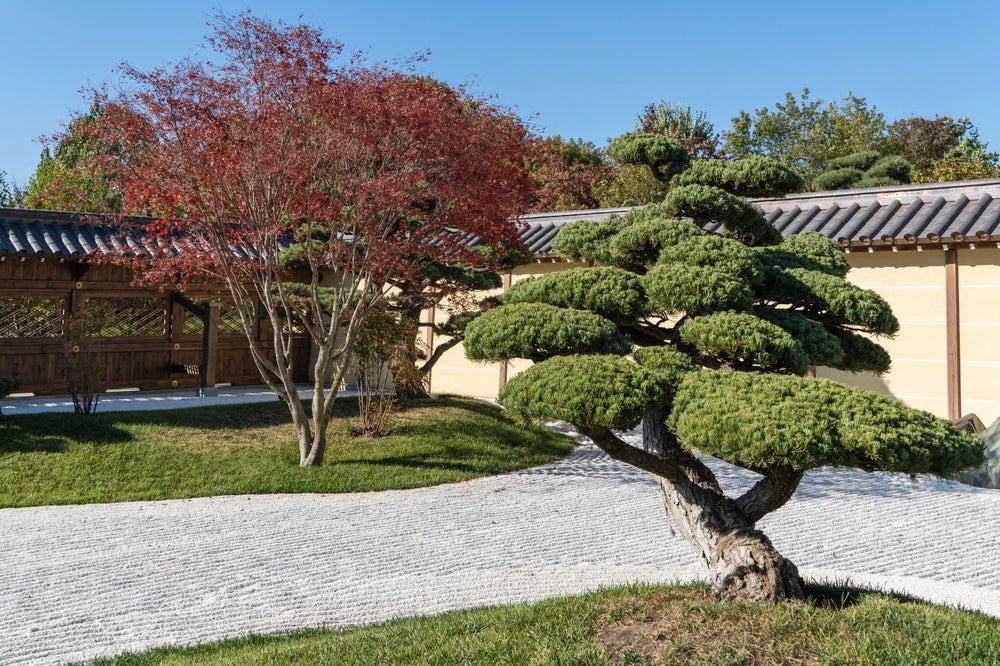
What is Ericaceous compost?
Ericaceous compost is a type of specialized compost that is formulated for plants that thrive in acid soils. The term "ericaceous" originates from the botanical family Ericaceae, which includes plants like rhododendrons, azaleas, camellias, and heathers, all of which prefer acidic growing conditions.
Here's what you need to know about ericaceous compost:
-
pH Level: The primary characteristic of ericaceous compost is its low pH level, usually within the range of 4.5 to 6.0. This makes it suitable for acid-loving plants.
-
Content: Ericaceous compost typically doesn't contain any lime, which is often added to standard composts to raise the pH. Instead, it may contain ingredients like peat or coir, which are naturally acidic.
-
Benefits: For plants that thrive in acidic soils, ericaceous compost provides the right pH environment for nutrient uptake. Many essential nutrients become less available to plants in alkaline conditions, so using the right type of compost is crucial for the health of these plants.
-
Limitation: It's important to note that ericaceous compost isn't suitable for all plants. If used for plants that prefer neutral to alkaline soils, it can hinder their growth and overall health.
-
Alternative to Peat: Due to environmental concerns related to the extraction of peat from peat bogs, there has been a push to use alternatives. Coir (coconut fiber) is one such alternative that's being used in some ericaceous composts. Other organic matter like composted bark or composted bracken can also be used.
-
Regular Monitoring: If you're growing acid-loving plants in pots or containers, it's a good idea to periodically test the pH of the compost. Over time, the pH can change, especially if you're using tap water for irrigation, as it's often alkaline.
If you're looking to grow acid-loving plants, using ericaceous compost is an excellent way to provide them with the best growing conditions, especially if your native soil isn't naturally acidic.
Share




















